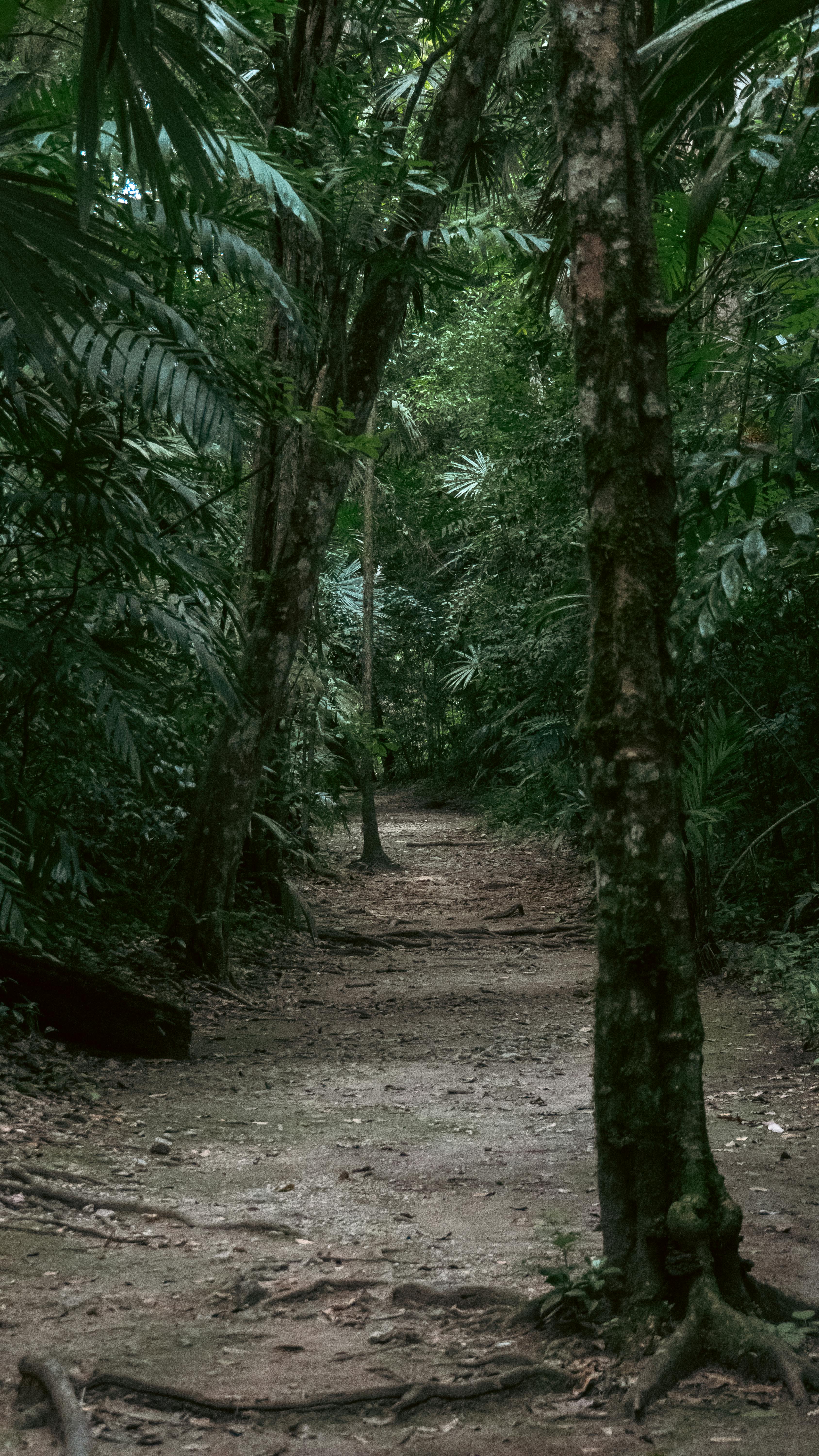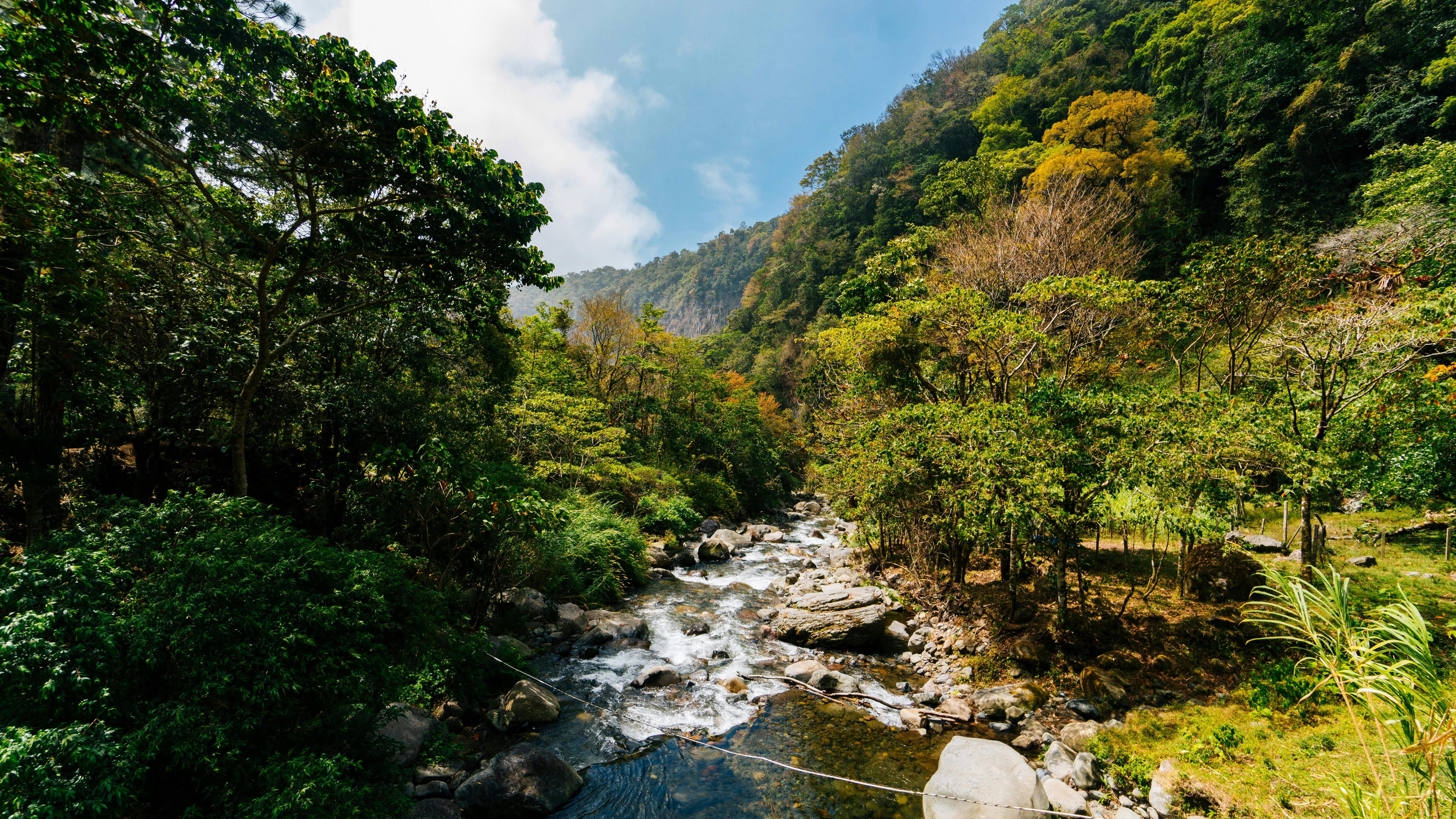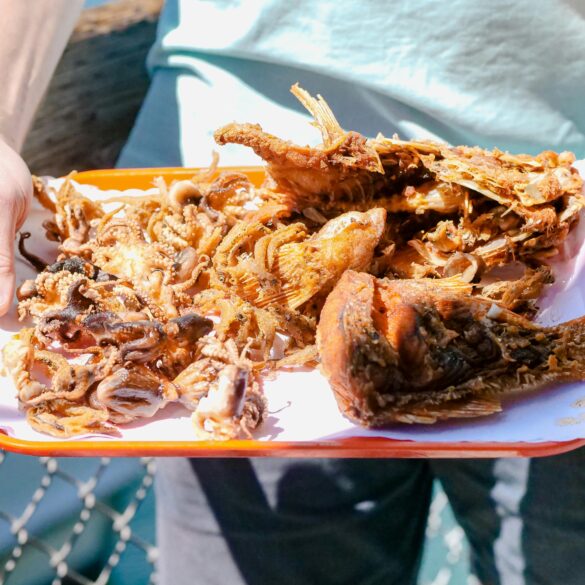Brunei Eco-Tourism: Real Biodiversity Strategies, Visitor Magic
Ever wondered how a country as small as Brunei manages to punch far above its weight in rainforest preservation, eco-tourism ingenuity, and unforgettable visitor experiences? In my experience, few places surprise quite like Brunei. Back when I first explored Ulu Temburong National Park, it struck me that local guides spoke about protecting frogs and orchids with the same pride reserved for royal palaces and gold-domed mosques. That authenticity—real care rooted in lived life—forms the backbone of Brunei’s approach to eco-tourism. And honestly, even after years spent reviewing protected area management in Southeast Asia, I’m still learning from how Brunei balances preservation with joy.1
What really matters: Brunei prioritizes rainforest biodiversity not just as a selling point, but as a living heritage—and every strategy reflects this commitment to authenticity.
So, what does authentic eco-tourism look like in Brunei? It’s not just rules, brochures, or fancy visitor centers. It’s immersive canopy walks, slow river journeys, and guided night hikes into untouched forest. It’s field biologists swapping wild macaque stories with school groups, and village cooks teaching guests why sustainable sourcing isn’t just “green”—it’s good business. Most of all, it’s a model that listens deeply to both nature and people. That’s rare, and it’s why this topic matters. Eco-tourism, done right, proves travel can repair instead of just consume.2
Did you know?
Brunei protects around 75% of its national land area as natural forest—a global high-water mark for rainforest preservation in proportion to country size.3
Rainforest Biodiversity: Why Brunei Defies the Odds
Let’s not sugarcoat it: Brunei’s forests—part gem, part puzzle—stand out against rampant regional deforestation. You rarely hear enough about this in mainstream media. While neighbours like Malaysia and Indonesia have watched their rainforests shrink under relentless oil palm expansion, Brunei’s forest cover remained nearly unchanged since the early 1990s.4 What’s the secret sauce? Honestly, it starts with old-fashioned restraint. The government restricts logging so tightly that most rainforest areas have never been commercially exploited. Yes, it’s a privilege—funded in part by oil wealth—but it’s also a choice rooted in national ethos.5
Let’s zoom out a second. According to WWF biodiversity mapping, Brunei hosts over 620 species of wildlife, including rare hornbills, flying squirrels, and the enigmatic proboscis monkey.6 In Ulu Temburong, I’ve seen visiting researchers spend hours just listening: cataloguing frogs, tree crickets, and leaf birds that exist almost nowhere else. That density of life isn’t accidental. It’s nurtured, monitored, and—here’s the kicker—shared with visitors both for their benefit and for science.
Authentic Eco-Tourism Principles: Foundation & Practice
Sometimes I’m asked, “Doesn’t eco-tourism just mean less harm?” Actually, that’s the bare minimum. In Brunei, it means mindful design. Protected areas aren’t just fenced off; experiences are built around low-impact access, with every activity filtered for conservation benefit. For example, the Royal Brunei Forestry Department sets strict limits on group size, maintains only raised boardwalks to reduce soil compaction, and employs local guides trained in species ID and first aid—yes, it’s that granular.7
What really excites me: the emphasis on visitor education. Signage isn’t just facts; it’s stories about ancestral usage, forest legends, and living connections. I recall a student group who learned overnight how edible plants were once “medicine, dessert, and soap.” One student told me, “It’s like the forest is alive with memory.” Exactly.
- Low-impact infrastructure: Only weatherproof, removable structures permitted within visitor zones
- Local hiring mandates: 70% of eco-tourism staff sourced from Temburong District
- Strict wildlife monitoring: All guide reports feed a central biodiversity database
- Continuous visitor feedback: Annual surveys published (warts and all) for transparency
Key Insight: Brunei’s success comes from linking tourism with genuine stewardship—not just profit. It’s a model others can learn from and adapt.
Community Engagement: From Villages to Guides
Community involvement in Brunei’s eco-tourism isn’t some PR slogan—it’s real, messy, evolving, and filled with learning moments. I’ll be completely honest: my early assumptions were naive. Years ago, I underestimated how much village committees shape rainforest access policies. Turns out, in places like Kampung Sumbiling, the elders have final say over who, when, and what gets shared with visitors. One guide confessed, “Sometimes we vote on whether a trail gets opened—or closed for a season. It keeps the balance.”8
During last year’s Ramadan, I joined a local river clean-up—half tourists, half villagers—while downstream, kids giggled as they fished for tiny shrimps that later became a communal meal. These aren’t staged experiences. Real life spills into eco-tourism and vice versa. Importantly, the community earns direct revenue. According to a 2022 Ministry of Primary Resources report, 38% of travel bookings in Temburong funnel profits straight back into local co-operatives.9
Lesson learned: When locals control the narrative—when they teach, cook, lead hikes—eco-tourism isn’t just ethical, it’s magnetic.
Key Visitor Experiences: From Canopy to Culture
Think visitor “experience” just means brochures and pretty lookouts? Not in Brunei. What really strikes me: the focus on immersive, slow travel. For instance, the Ulu Temburong Canopy Walkway—suspended 50 metres above the forest floor—offers not only panoramic vistas (seriously, the sunrises here are jaw-dropping!) but also live research in action. I watched a biologist explain how specific orchids rely on single species of pollinating moths. Visitors got hands-on, measuring humidity and helping tag new saplings. It’s a learning journey.
What about culinary experiences? Don’t get me started! At Mukim Amo, eco-lodge chefs guide travelers to forage their own bamboo shoots, prepare dishes rooted in Iban ethnic traditions, and explain why snaring one’s dinner sustainably is a badge of honor. Not a demonstration—a lived lesson.
| Activity Type | Biodiversity Benefit | Community Role | Visitor Engagement |
|---|---|---|---|
| Canopy Walks | Wildlife monitoring, seed dispersal studies | Guide-led, local research assistants | Real-time data collection |
| River Kayaking | Water quality checks, species surveys | Village-run equipment hire | Active participation |
| Forest Foraging | Traditional plant knowledge | Elders as instructors | Culinary workshops |
| Night Hikes | Nocturnal species research | Youth guides, biodiversity clubs | Guided observations |
Pause here and think about it: Most Brunei eco-tourism packages include biodiversity monitoring. Visitors become contributors, not just consumers. In my experience, that shift transforms how travelers relate to both nature and conservation.10
Let that sink in for a moment. The goal? Elevate visitor experience, enrich local livelihoods, and never compromise biodiversity.
Biodiversity Preservation: Policy & Innovation
Here’s what gets me—Brunei’s eco-tourism model succeeds because it’s cemented in actual policy, not just well-meaning aspirations. The 2018 Biodiversity Action Framework blends old-school regulations with cutting-edge tech: drone mapping, acoustic monitoring for birds and frogs, and digital visitor impact logs.11 It’s impressive, and, honestly, kind of a logistical headache, but necessary for resilience.
Consider the penalty structure for trampling rare orchids: one case in 2022 saw researchers lose access for a season because a group ignored trail markers. Arguably too strict? Maybe, but it prevents far worse harm. What puzzles me sometimes is how they balance enforcement with education, since not all visitors grasp why these restrictions matter until they see a precious species up close.12
- All operators required to submit annual biodiversity impact reports
- Mandatory training for all guides on endangered species management
- Visitor quotas set by season to protect regeneration cycles
- Funding partnerships with universities for ongoing ecological monitoring
In short, it’s a living system. Brunei’s approach adapts as new science emerges—not always perfectly, but with genuine commitment.

Case Studies: Success Stories to Learn From
Let’s step back for a moment—and really sift through what’s working, what’s not, and why. I remember a 2021 site visit to Sumbiling Eco Village: the mood was electric, kids buzzing, guides prepping for a “Night Creatures” walk. The real story? Over the previous four years, amphibian populations had increased by 18%. That’s not just good luck; it’s the direct result of visitor-funded conservation, constant monitoring, and—importantly—community education.13
On second thought, maybe the single toughest lesson is that successful eco-tourism always links direct benefits for nature with tangible gains for people.
Another high-impact example: the “Rainforest Ambassadors” program in Temburong District. Started mid-pandemic, it trained 120 young locals as guides, researchers, and storytellers—a role model for community-based conservation. According to government data, visitor satisfaction scores rose to 96%, with many guests reporting deeper learning on climate issues and local livelihoods.14
Funny thing is, some challenges re-emerge. Not all initiatives scale smoothly. For instance, the “Forest Medicine” trail—meant to educate on ethnobotanical heritage—was temporarily closed after too many visitors picked samples, causing species stress. Actually, let me clarify: sustainable tourism sometimes requires pulling back, regrouping, and rethinking.
Comparative Table: Brunei vs. Regional Eco-Tourism Models
| Country | Forest Protection (%) | Community Involvement | Visitor Satisfaction Index |
|---|---|---|---|
| Brunei | 75 | High: village-led management | 96 |
| Malaysia | 45 | Variable: mostly government-led | 71 |
| Indonesia | 49 | Moderate: NGO and village projects | 74 |
| Thailand | 37 | Low: commercial tourism focus | 67 |
Anyone else feel like these numbers tell a story? To me, they signal that Brunei’s authenticity—rooted in community control—translates to both better forest outcomes and happier travelers.
Did You Know?
The Temburong Bridge, opened in 2020, uses special drainage tech to prevent runoff from harming adjacent rainforest zones. Even infrastructure is eco-conscious here.15
Future Challenges & Opportunities
Looking ahead, Brunei’s eco-tourism model faces real hurdles—climate uncertainty, pandemic-driven economic dips, and an urgent need for skilled guide training. How do I know? I’ve sat in on recent policy workshops and heard both optimism and nerve-wracking anxiety. Some guides worry about visitor pressure; agencies fret over maintaining standards as travel rebounds.16
I go back and forth on what’s most urgent. Do we need better visitor education? Or stronger enforcement? Maybe both—plus new tech. One trend to watch: AI-powered biodiversity mapping to anticipate and redirect visitor flows during sensitive breeding seasons. Conference conversations reveal enthusiasm, but also skepticism. And, candidly, I share both.
- Scaling up community involvement without losing authenticity
- Balancing accessibility for international travelers with strict conservation
- Upgrading infrastructure without ecosystem harm
- Training multi-lingual guides capable of deeper education
What really excites me: Brunei’s openness to iteration. Advisory panels now include a spectrum—village chiefs, youth reps, academics, government scientists, international NGOs. Meetings run late, sometimes heated, but that’s real dialogue. There’s hope in this messiness.
Action Point: Genuine progress demands uncomfortable change—feedback loops, adaptive rules, and a relentless focus on long-term biodiversity health.
Conclusion: Lessons from Brunei for the World
Okay, let’s step back. Brunei’s eco-tourism is not perfect, and nobody claims it is. But the genuine thread running through its rainforest management, visitor engagement, and biodiversity protection is—simply—authentic stewardship. Here’s my honest take: when eco-tourism is deeply rooted in local voice, scientific rigor, and continuous feedback, it becomes a restoration force. Not every country can copy Brunei’s approach, but every destination can learn from its willingness to connect real people with real nature, then adapt as challenges shift.
So, what’s the game-changing takeaway for travelers, tourism professionals, and conservationists? Respect for place, commitment to long-term learning, and acceptance of complexity maximize both visitor magic and ecosystem health. I’ve made mistakes, learned lessons (sometimes the hard way!), and evolved my thinking. Brunei has, too. That’s how genuine progress happens.
If your own community, business, or country wants to build tourism that truly heals, start from Brunei’s blueprint—and make it your own. Celebrate local ways, adapt science, and invite every visitor to be a steward, not a spectator.
References & Further Reading
References



